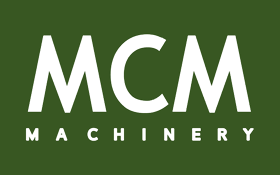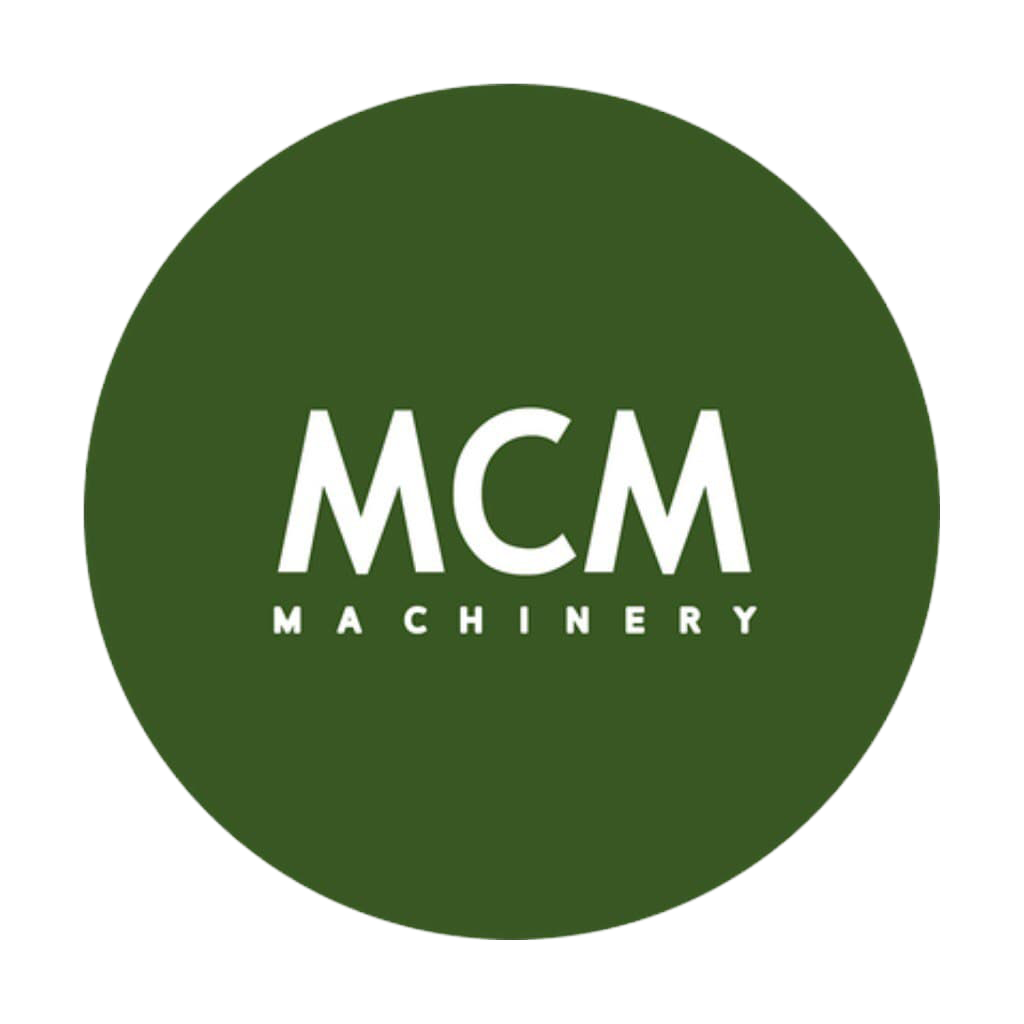- No product in the cart.
For automotive brands, leveraging social media can offer unparalleled opportunities to engage with clients, build brand loyalty, and drive sales. Nevertheless, to maximise impact, automotive brands need to approach social media strategically, utilizing platforms successfully, understanding their viewers, and creating content that resonates. Here’s how automotive brands can harness the facility of social media for max impact.
1. Understand Your Audience
Before diving into content material creation and platform choice, it’s crucial for automotive brands to have a deep understanding of their audience. This involves not just knowing their demographics, similar to age, gender, and location, but in addition their interests, behaviors, and pain points. For example, a luxury automobile brand will goal a distinct audience than a brand centered on affordable, family-friendly vehicles. Through the use of tools like social media analytics and buyer surveys, brands can gather insights into what their audience cares about and tailor their messaging accordingly.
2. Select the Proper Platforms
Not all social media platforms are created equal, and each serves a distinct objective and audience. For automotive brands, it’s essential to decide on platforms that align with their goals and target audience.
Instagram and Pinterest are perfect for showcasing high-quality images of vehicles, interior particulars, and lifestyle content material that resonates with visually-oriented users.
YouTube is a strong platform for sharing in-depth video content corresponding to vehicle opinions, behind-the-scenes footage, and the way-to guides.
Facebook gives a versatile platform for sharing a mix of content types, together with posts, videos, and ads, and has sturdy targeting options for reaching particular audiences.
LinkedIn will be useful for B2B marketing, especially for brands that need to establish partnerships or communicate with industry professionals.
Twitter is great for real-time engagement and customer service, where brands can quickly respond to customer inquiries and participate in industry conversations.
3. Create Engaging Content
Content is the heart of any social media strategy, and for automotive brands, it’s necessary to create content that not only showcases their vehicles but additionally tells a narrative, evokes emotion, and engages the audience. Listed here are a few content material types that automotive brands can leverage:
Visual Content: High-quality images and videos of vehicles in motion, detailed shots of interiors, and lifestyle photography that showcases the brand’s ethos can seize attention and drive interactment.
Person-Generated Content: Encouraging prospects to share their experiences with their vehicles can create authentic content material that resonates with potential buyers. Sharing person-generated content material additionally helps build a way of community and brand loyalty.
Educational Content: Posting videos and articles that educate the audience about vehicle options, maintenance tips, and driving safety can position the brand as a knowledgeable and trustworthy authority within the industry.
Interactive Content: Polls, quizzes, and live Q&A sessions can engage the audience directly and provide valuable insights into their preferences and opinions.
4. Leverage Influencer Partnerships
Influencer marketing is a strong way to succeed in new audiences and build credibility. Automotive brands can collaborate with influencers who align with their brand values and have a strong following in related niches. For example, partnering with automotive bloggers, tech reviewers, or lifestyle influencers can amplify the brand’s message and introduce it to a broader audience. Influencers can create authentic content, similar to vehicle reviews or road journey vlogs, that resonates more deeply with their followers than traditional advertising.
5. Make the most of Paid Advertising
Organic attain on social media platforms has been declining, making paid advertising an essential part of a successful strategy. Automotive brands can use targeted ads to succeed in specific demographics, retarget customers who have shown interest in their vehicles, and drive traffic to their websites or dealerships. Platforms like Facebook and Instagram supply advanced targeting options, allowing brands to create highly specific ad campaigns that reach users primarily based on factors like age, location, interests, and online behavior.
6. Have interaction with Your Audience
Engagement is key to building a loyal community on social media. Automotive brands ought to actively respond to comments, messages, and mentions, showing prospects that they are heard and valued. This not only fosters a positive brand image but additionally helps address any concerns or questions potential buyers might have. Additionally, engaging with followers through interactive content, like polls or live sessions, can deepen the relationship between the brand and its audience.
7. Measure and Optimize
Finally, to make sure most impact, automotive brands must constantly measure the performance of their social media efforts. Using analytics tools, brands can track key metrics such as engagement rates, click-through rates, and conversion rates. These insights allow brands to understand what’s working, what’s not, and the way they will optimize their strategy for higher results.
Conclusion
Social media provides automotive brands a powerful platform to attach with clients, showcase their vehicles, and build lasting relationships. By understanding their viewers, selecting the best platforms, creating engaging content material, leveraging influencer partnerships, utilizing paid advertising, actively engaging with their audience, and continuously measuring their efforts, automotive brands can leverage social media for maximum impact.
If you have any kind of questions relating to where and how you can make use of marketing car dealerships, you can call us at our web page.

